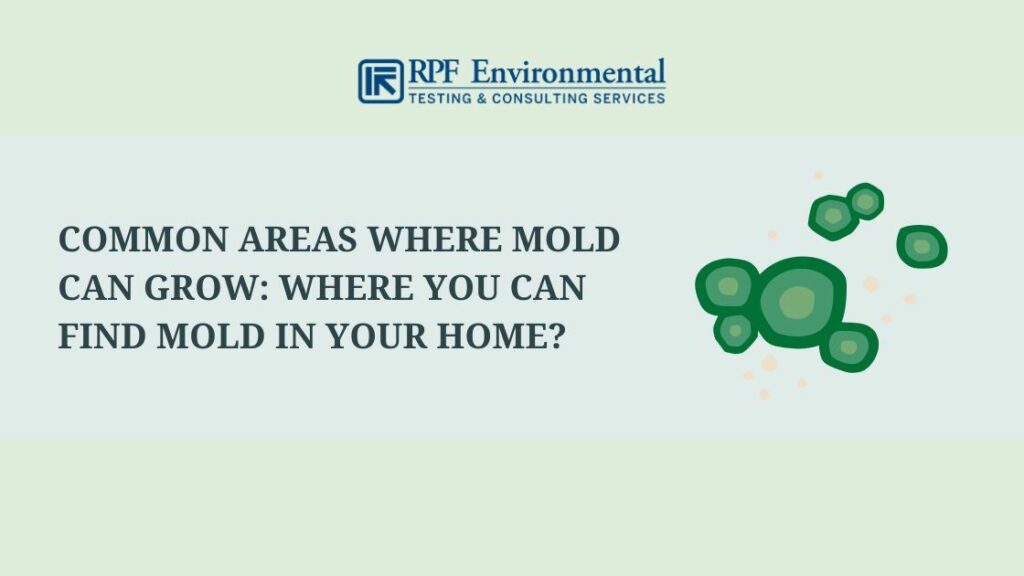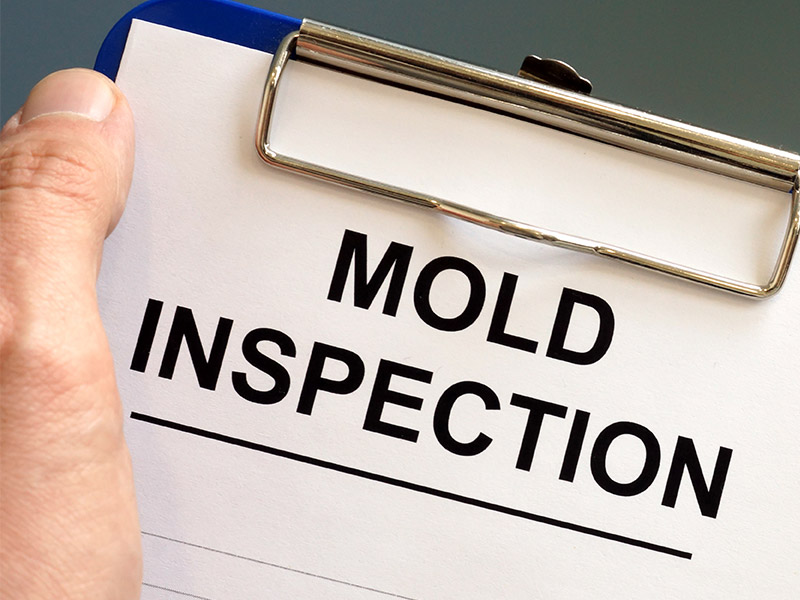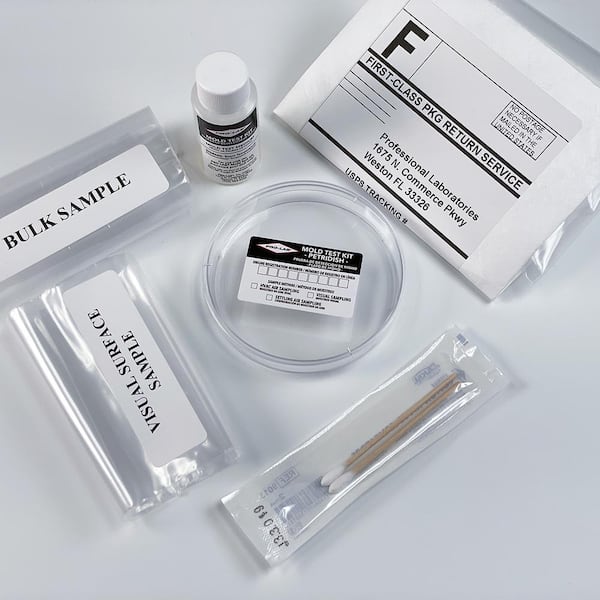The Necessity of Mycotoxin Examining in Agricultural Products to Make Certain Customer Security
The need of mycotoxin screening in agricultural items is an important aspect of public wellness and safety and security that requires detailed evaluation. Mycotoxins, harmful compounds created by particular fungis, can infiltrate numerous plants, leading to significant wellness dangers for consumers, such as carcinogenic results and body organ damages.
Comprehending Mycotoxins
Mycotoxins, toxic additional metabolites generated by particular fungis, present a substantial danger to farming items and human health. These compounds are created by various species of molds, such as Aspergillus, Fusarium, and Penicillium, which can contaminate crops both pre- and post-harvest - Mycotoxin testing Services. The most usual mycotoxins consist of aflatoxins, ochratoxin A, fumonisins, zearalenone, and deoxynivalenol (DON)
Mycotoxin contamination can take place under certain ecological problems, such as high moisture and temperature level, which favor the development of mold. Agricultural products like cereals, nuts, spices, dried out fruits, and coffee are especially prone. The visibility of mycotoxins in these products can result in substantial financial losses because of lowered plant returns and the necessity for rigorous screening and decontamination processes.
Recognizing the biochemical nature and development of mycotoxins is necessary for establishing effective reduction approaches. Research study has revealed that mycotoxins show a variety of chemical structures and homes, making detection and elimination difficult. Advanced logical strategies, consisting of chromatography and mass spectrometry, are made use of to recognize and evaluate mycotoxins in farming items, guaranteeing that contamination levels continue to be within secure restrictions established by governing bodies.
Health Threats of Mycotoxins
Provided the significant risks associated with mycotoxins in farming items, recognizing their effect on health is paramount. Mycotoxins, hazardous additional metabolites produced by fungis, posture serious threats to both animal and human health and wellness.
Intense mycotoxin poisoning, although much less common, can trigger serious and prompt wellness problems such as liver damage, gastrointestinal disturbances, and hemorrhaging. Ochratoxin A, an additional powerful mycotoxin, is connected to kidney damage and has possible cancer causing results. Fumonisins, mainly affecting maize, are connected with esophageal cancer and neural tube flaws.

Typical Sources of Contamination
Comprehending the usual sources of contamination is critical for successfully taking care of and minimizing the dangers presented by mycotoxins. Mycotoxins are hazardous secondary metabolites produced by specific kinds of fungis, click here to read which can infect agricultural items at numerous stages of manufacturing, storage space, and processing. The key sources of contamination include field conditions, post-harvest handling, and storage settings.
Area conditions play a considerable function, with factors like climate, plant susceptibility, and soil health and wellness influencing fungal development. Crops such as corn, peanuts, wheat, and tree nuts are particularly vulnerable to mycotoxin-producing fungi like Aspergillus, Fusarium, and Penicillium types. Inadequate plant rotation and poor bug management can worsen the danger of contamination.
Post-harvest handling is one more critical point where contamination can take place. Mechanical damage during harvesting and transportation produces access points for fungis, while incorrect drying out methods can leave moisture degrees high enough to sustain fungal development.
Storage environments add substantially to contamination threats. Badly preserved storage centers with high moisture and temperature degrees develop perfect problems for mycotoxin manufacturing. Regular examinations and proper storage conditions are necessary in suppressing this hazard.
Mycotoxin Checking Methods
Effective administration of mycotoxin contamination hinges not only on recognizing potential sources yet likewise on implementing durable testing techniques to spot these damaging substances. Mycotoxin screening techniques can be extensively categorized into immunochemical and chromatographic techniques.
On the various other hand, enzyme-linked immunosorbent assay (ELISA) and side circulation assays pop over to these guys project immunochemical techniques. ELISA, particularly, is commonly used because of its cost-effectiveness, ease of usage, and rapid turn-around time. Lateral circulation assays supply fast, on-site testing capabilities, making them suitable for area applications where immediate decisions are essential.
Furthermore, advancements in molecular biology have presented PCR-based techniques efficient in discovering mycotoxin-producing fungis at genetic levels, offering a predictive approach to contamination danger. Integrating these diverse methods boosts the dependability and comprehensiveness of mycotoxin detection, ensuring that agricultural products meet safety standards and safeguarding consumers from prospective health and wellness dangers.
Benefits of Normal Examining

Routine mycotoxin screening uses substantial advantages that significantly boost agricultural safety and security and quality. Mycotoxins, hazardous compounds generated by certain fungi, can pollute food and present significant health risks, including cancer cells and severe poisoning.
In addition, regular screening helps in preserving the stability and online reputation of farming manufacturers. By carefully keeping track of and managing mycotoxin degrees, manufacturers can stay clear of lawful effects and pricey recalls. This not just makes sure conformity with rigid worldwide security criteria but additionally fosters customer trust fund and commitment.

Final Thought
The need of mycotoxin screening in agricultural items is highlighted by the significant wellness threats presented by these harmful compounds. It enhances the credibility of producers and cultivates trust within the farming supply chain, ultimately safeguarding public health.
The requirement of mycotoxin testing in farming items is an important element of public health and safety that necessitates detailed assessment. Mycotoxins, poisonous compounds produced check that by specific fungi, can penetrate various plants, leading to considerable health threats for consumers, such as cancer causing results and body organ damage.Mycotoxins, toxic secondary metabolites created by certain fungi, present a substantial danger to agricultural items and human health.Offered the considerable risks linked with mycotoxins in agricultural items, understanding their effect on wellness is paramount (Mycotoxin testing Services).The need of mycotoxin testing in agricultural items is underscored by the considerable wellness risks positioned by these harmful substances